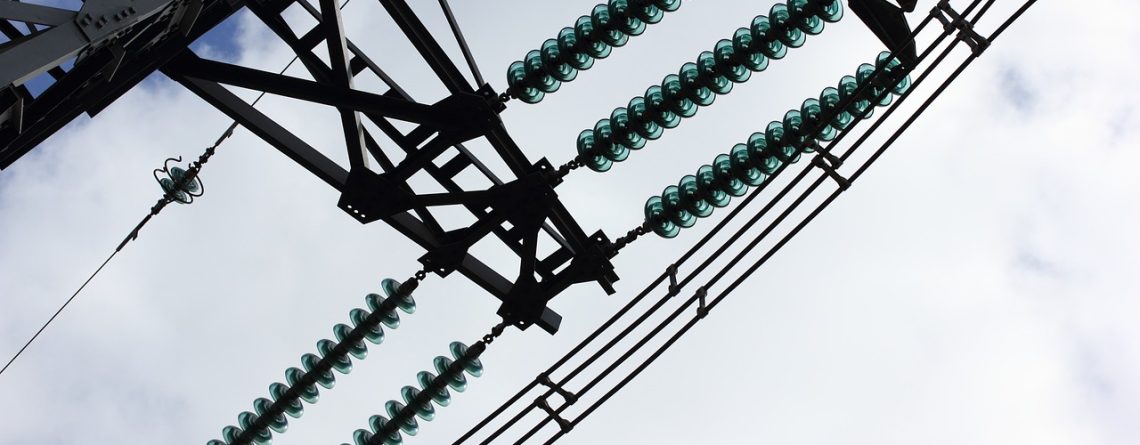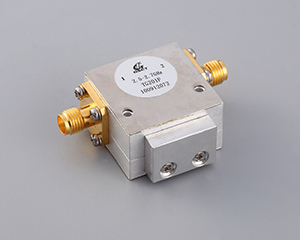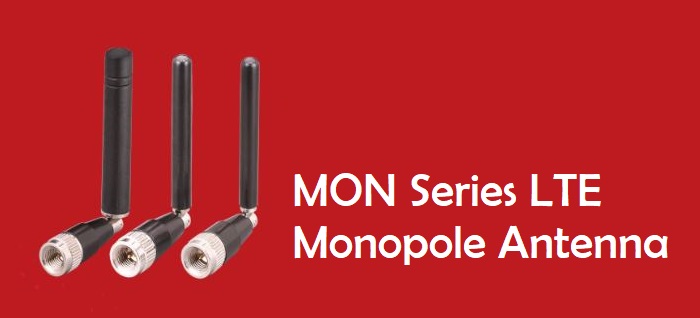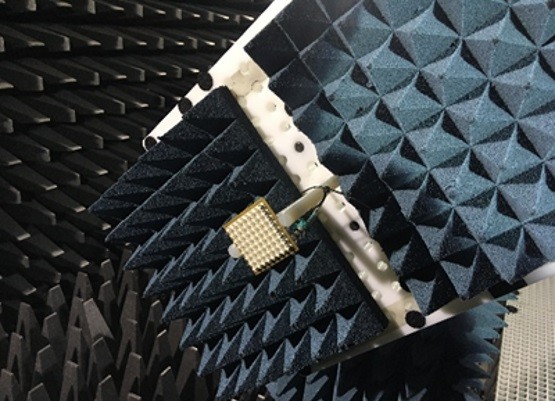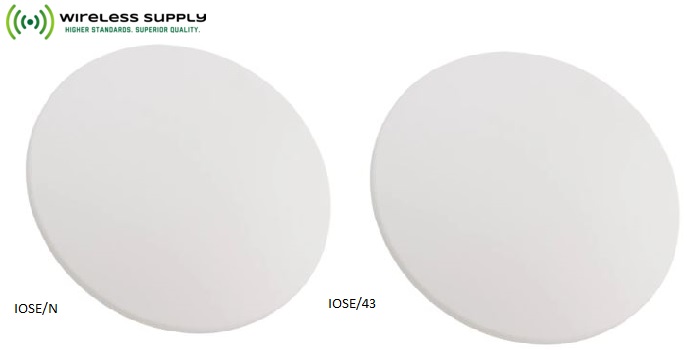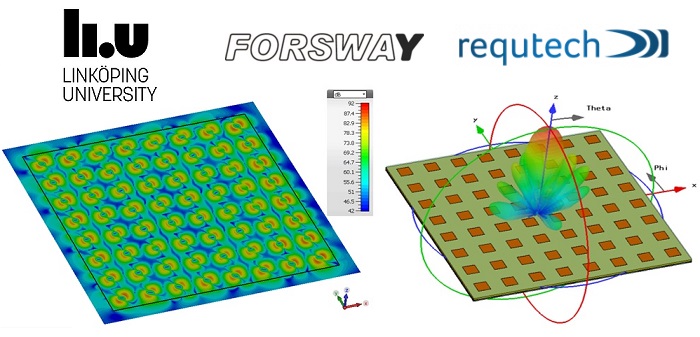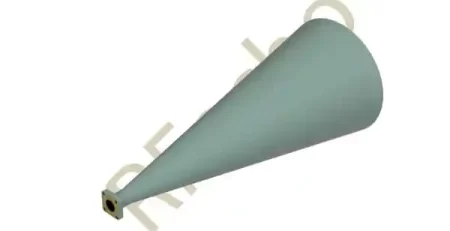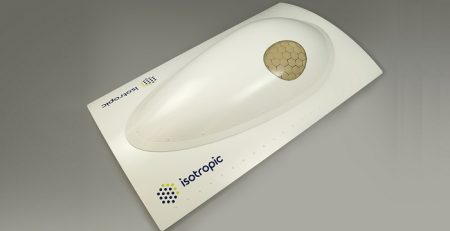Understanding the Role of Isolators in Electrical Systems
Key Features of Isolators
Safety Mechanisms
Isolators are designed with multiple safety mechanisms to prevent accidental electrical or mechanical engagement. One of the main features is the presence of visible disconnects or separations which confirm that the circuit is indeed de-energized. This visual confirmation is critical for maintenance workers who rely on it for ensuring their safety. Additionally, many electrical isolators are equipped with interlocks that prevent the isolator from being switched on when the system is being serviced, reducing the risk of accidental re-energization. The incorporation of such safety features ensures compliance with stringent industry regulations and standards, thereby enhancing overall workplace safety.
Durability and Material Considerations
Durability is another key feature of isolators, as they are often subjected to harsh environmental conditions, including extreme temperatures, moisture, and mechanical stresses. Materials used in the construction of isolators must possess high electrical insulation properties as well as mechanical strength. Commonly used materials include high-grade ceramics, composites, and metal alloys. These materials ensure the isolators’ longevity and reliable performance over extended periods. Furthermore, the choice of materials can impact the isolator’s resistance to corrosion and degradation, significantly influencing their maintenance needs and operational efficiency.
Installation and Maintenance of Isolators
Installation Best Practices
Preparing the Site
Proper site preparation is crucial before the installation of isolators. This involves conducting a thorough site survey to identify the best location for isolator placement, ensuring it is accessible yet safe from potential hazards. The preparation process also includes verifying the absence of any live electrical equipment in the vicinity to avoid any accidental contact. The site should be cleared of any debris or obstacles that might hinder the installation process. Furthermore, it is essential to ensure that the structural support can bear the isolator’s weight, preventing future displacement or dislodgment.
Correct Installation Procedures
Correct installation procedures are vital for the dependable operation of isolators. This begins with following the manufacturer’s instructions meticulously, using the specified tools, and adhering to the recommended torque settings for fasteners. Electrical isolators require secure electrical connections and proper grounding to function effectively. For mechanical isolators, aligning the isolator correctly with respect to the machinery or structure it is intended to protect is critical. Any misalignment can compromise the isolator’s performance, leading to increased wear and potential system failures.
Routine Maintenance Tips
Regular Inspection Protocols
Routine maintenance of isolators involves regular inspection protocols to identify and address any emerging issues. Inspections should verify that the isolator remains intact and that there are no signs of wear or damage, such as cracks, corrosion, or loose connections. Electrical isolators should be checked for continuity to ensure no unwanted current flow through the disconnected section. Mechanical isolators should be inspected for any deterioration in the damping materials, which could reduce their effectiveness. Maintaining a detailed log of these inspections helps in tracking the isolator’s condition and planning timely interventions.
Troubleshooting Common Issues
While isolators are generally robust, they can still encounter issues that require troubleshooting. Common problems with electrical isolators include unexpected continuity due to insulation breakdown or mechanical faults that prevent complete disengagement. Mechanical isolators might face issues like reduced damping efficiency due to material fatigue or misalignment with the attached systems. Troubleshooting involves identifying the root cause of these problems through diagnostic tests and inspections, followed by implementing the appropriate corrective measures. Regular training of maintenance personnel on troubleshooting techniques is essential to ensure quick resolution and minimal downtime.
Choosing Right Isolators for Your Needs
Factors to Consider
Application Specific Requirements
Choosing the right isolator starts with understanding the application-specific requirements. This includes assessing the voltage, current, and load conditions for electrical isolators, as well as the vibrational frequency and amplitude for mechanical isolators. The isolator must be compatible with the operational parameters to provide effective isolation and protection. Additionally, considering the electrical isolation voltage rating and thermal performance is crucial for ensuring safety and reliability in electrical applications.
Environmental Conditions
Environmental conditions play a significant role in the selection of isolators. Factors such as temperature extremes, exposure to moisture, chemical environments, and physical stresses can impact the isolator’s performance. Electrical isolators used in outdoor environments must be designed to withstand UV radiation and weather fluctuations, while those used in industrial settings may need resistance to chemical exposure and abrasion. Mechanical isolators, likewise, should be selected based on their ability to cope with ambient conditions that could affect their damping capabilities. Tailoring the isolator selection to these environmental nuances ensures optimal performance and durability.
Case Studies from Various Industries
Case studies across different industries provide practical insights into the effective use of isolators. In the aerospace industry, for instance, isolators are critical in minimizing vibrations to sensitive instruments, ensuring accuracy and reliability during flight. In power distribution networks, specific isolator configurations are used to facilitate safe and efficient maintenance of high-voltage systems. In the healthcare sector, isolators help maintain the integrity of medical equipment by absorbing operational vibrations, thereby ensuring patient safety and equipment longevity. These case studies highlight the diverse applications and underscore the importance of choosing isolators suited to the specific needs of each industry.
In the electrifying world of electrical systems, where currents flow and signals buzz with life, there exists a valiant guardian of stability: the isolator. Now, let’s shine a spotlight on RFecho, the whimsical wizards of the RF realm. Picture them as the maestros orchestrating an invisible symphony of waves, ensuring that every note hits the perfect pitch. RFecho doesn’t just create isolators; they craft miniature fortresses that shield your precious circuits from the barbaric hordes of signal interference. Imagine these isolators as the stoic bouncers at the club of your electrical system, keeping the riff-raff out so the VIP electrons can party in peace.
Recent Innovations in Isolator Technology
Advancements in Materials
Recent advancements in materials science have significantly enhanced the performance of isolators. Innovations include the use of composite materials that offer superior mechanical strength and lower weight for mechanical isolators. In the realm of electrical isolators, materials with higher dielectric strengths and thermal stability have been developed to handle more demanding electrical loads. These advanced materials contribute to increased longevity, lower maintenance costs, and greater operational efficiency. Moreover, the use of environmentally sustainable materials in isolator manufacturing is gaining traction, matching the growing emphasis on green technologies.
Integration with Smart Systems
The integration of isolators with smart systems marks a significant leap forward in isolator technology. Smart isolators are equipped with sensors and microcontrollers that enable real-time monitoring and remote control. This integration allows for the continuous assessment of isolator health, early detection of potential faults, and automated maintenance scheduling. In addition, these smart systems can communicate with other components of the electrical grid or mechanical setup, providing a comprehensive overview of the system’s operational status. This connectivity enhances the reliability, efficiency, and safety of the overall system, aligning with the broader trend towards smart, interconnected infrastructure.
Importance of Understanding Isolator Functions
Understanding the function and role of isolators in various systems is crucial for ensuring operational safety and efficiency. Isolators, whether electrical or mechanical, provide essential isolation between active and inactive parts of a system, facilitating maintenance, preventing accidents, and enhancing performance. By appreciating their operational principles, types, installation, and maintenance considerations, industry professionals and general readers alike can make informed decisions that bolster the reliability and longevity of their systems. With ongoing innovations and the integration of smart technologies, the future of isolator applications promises even greater advancements, contributing to safer and more efficient operations across multiple sectors.

